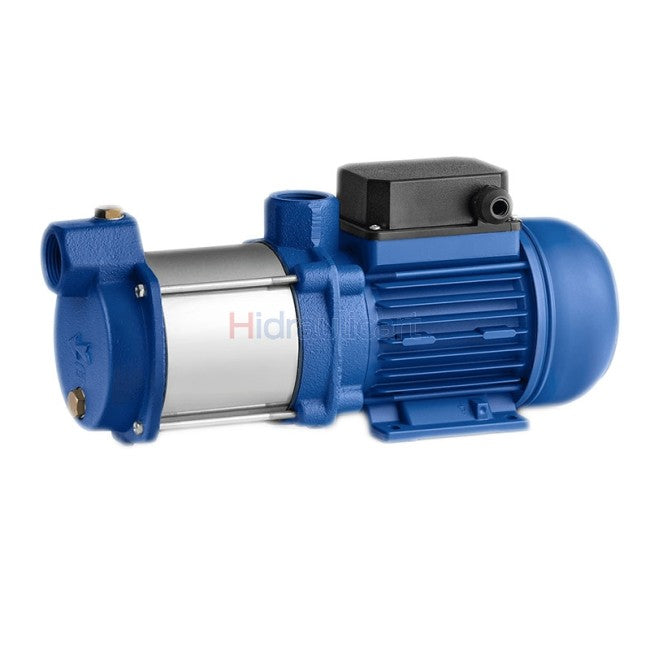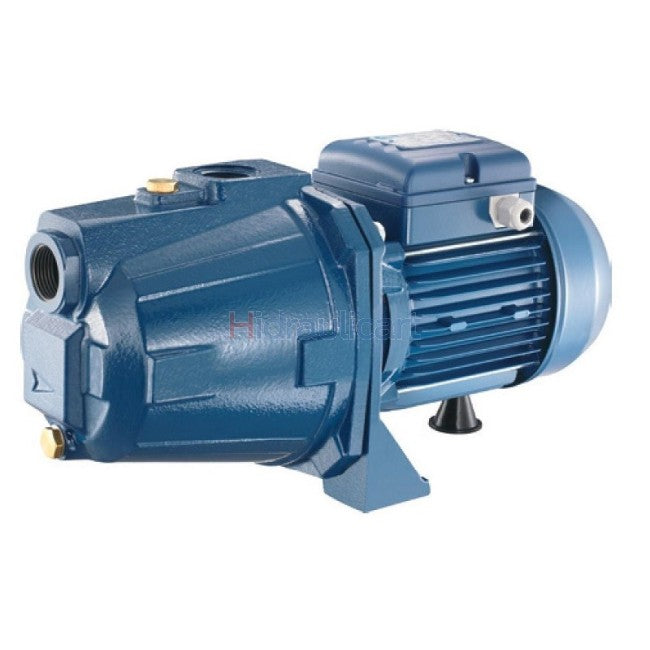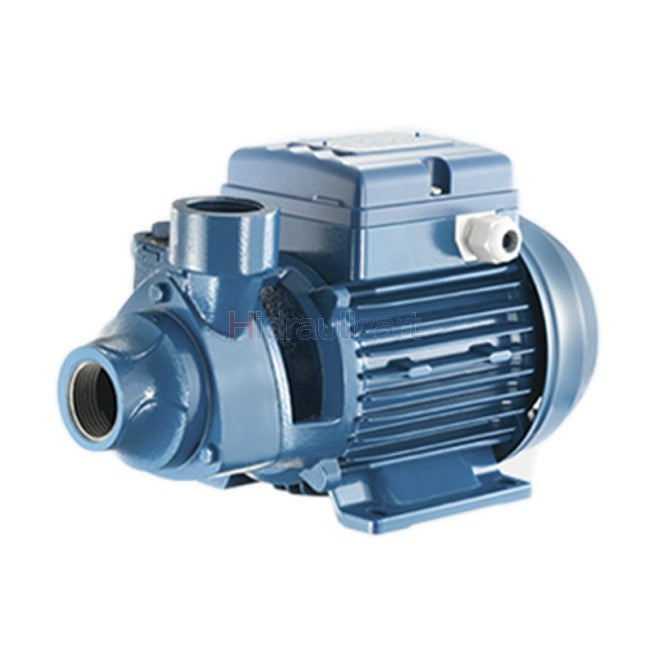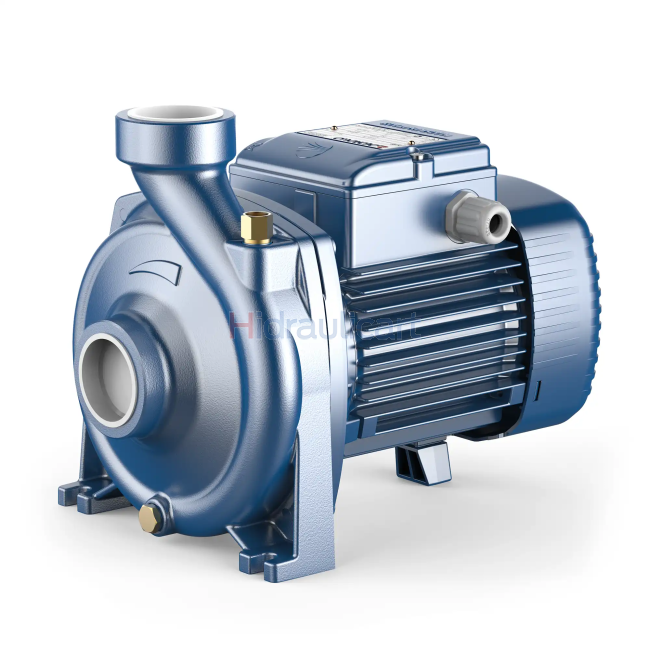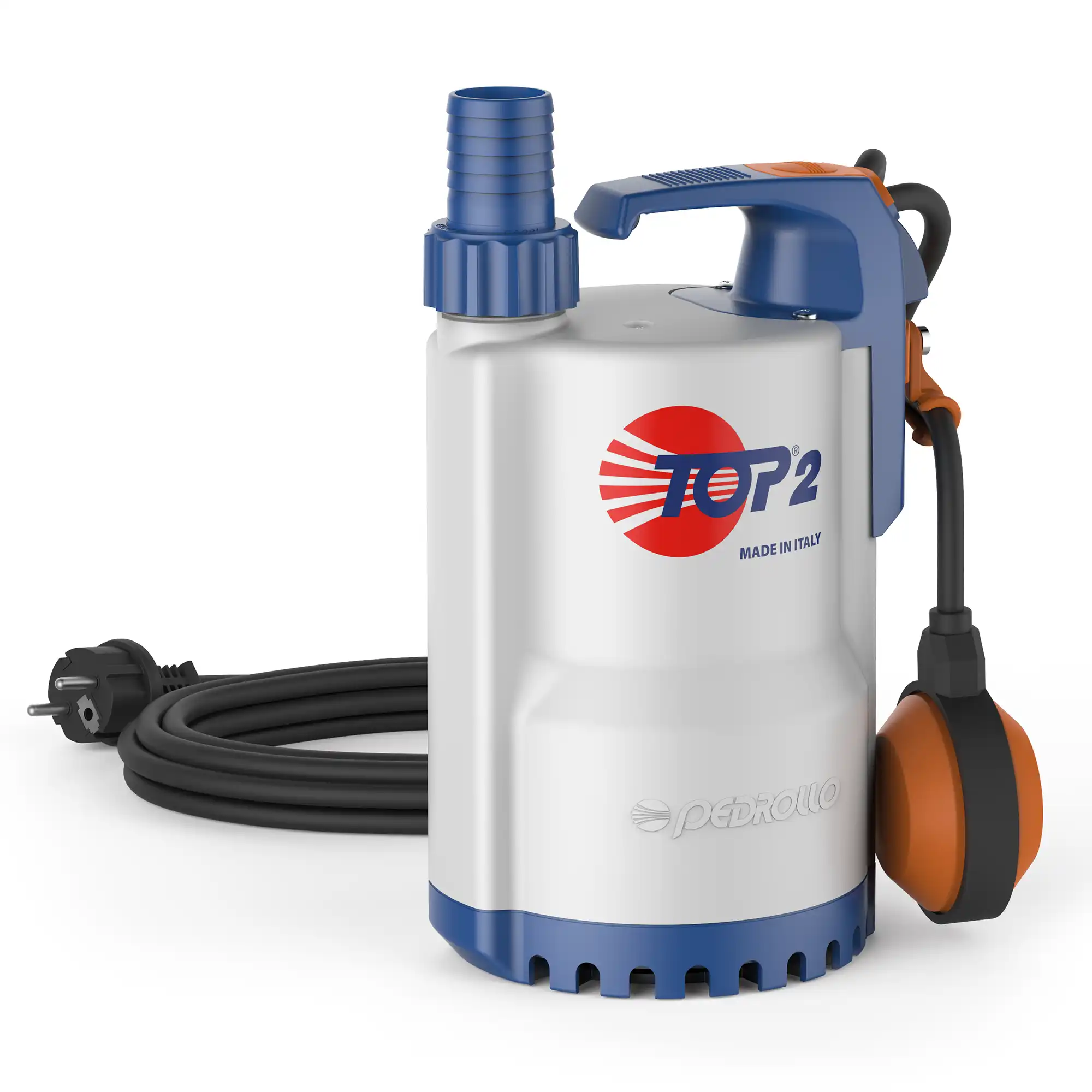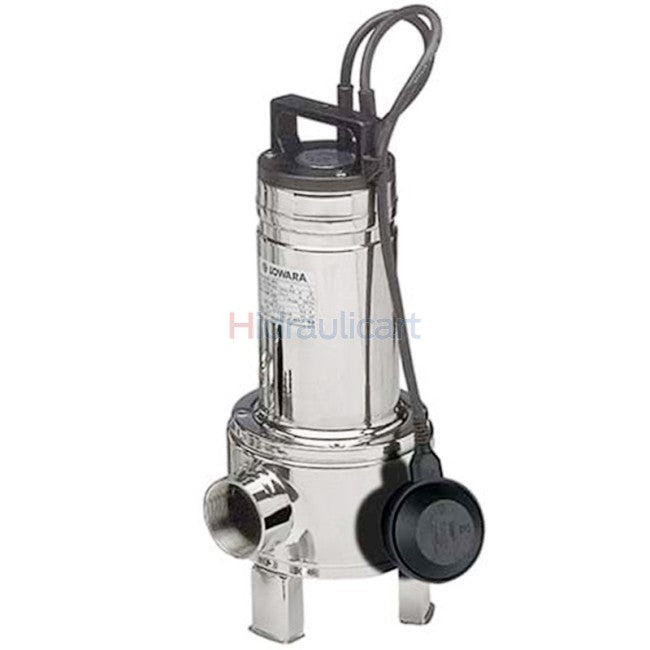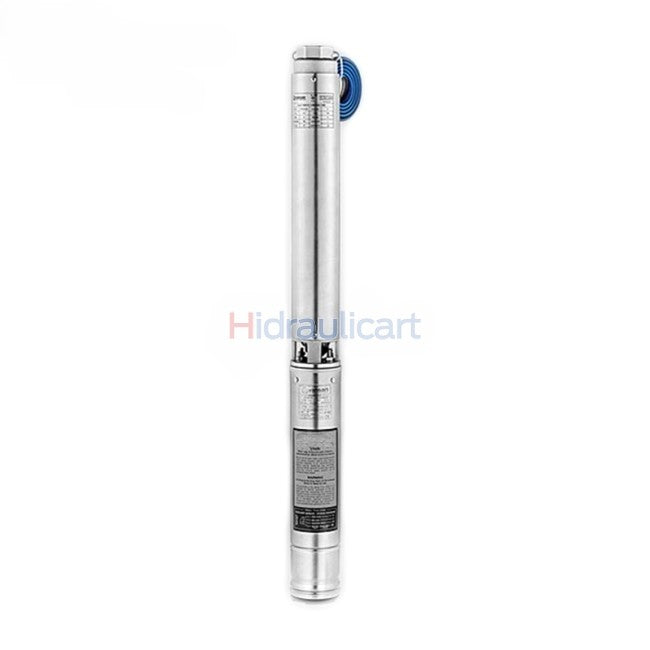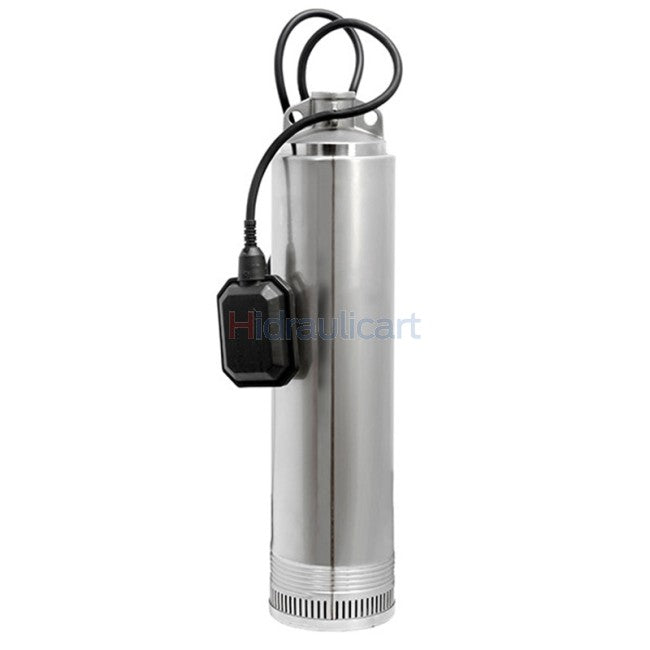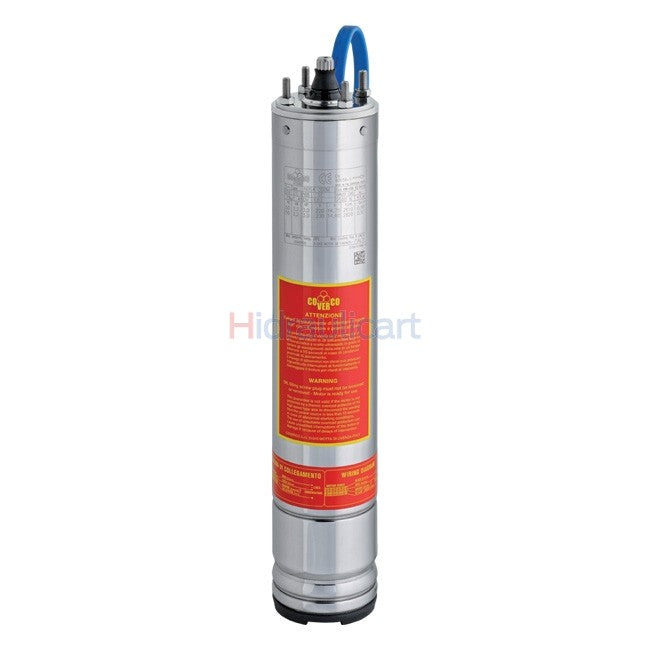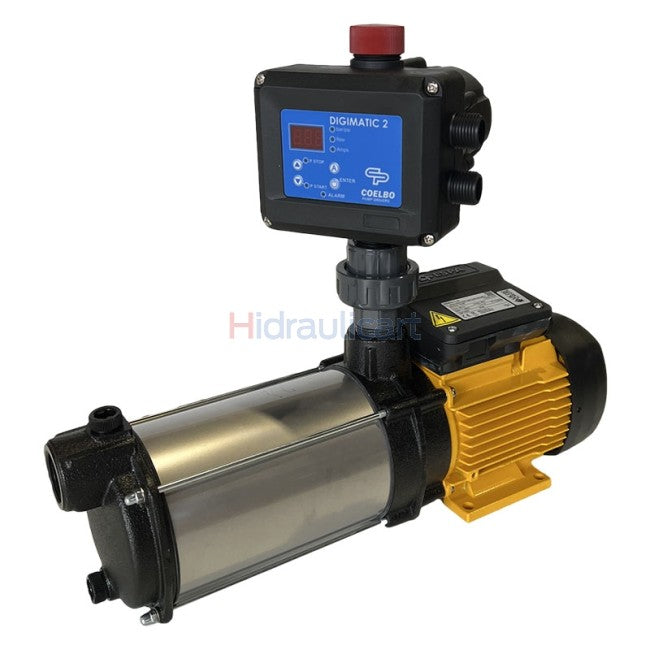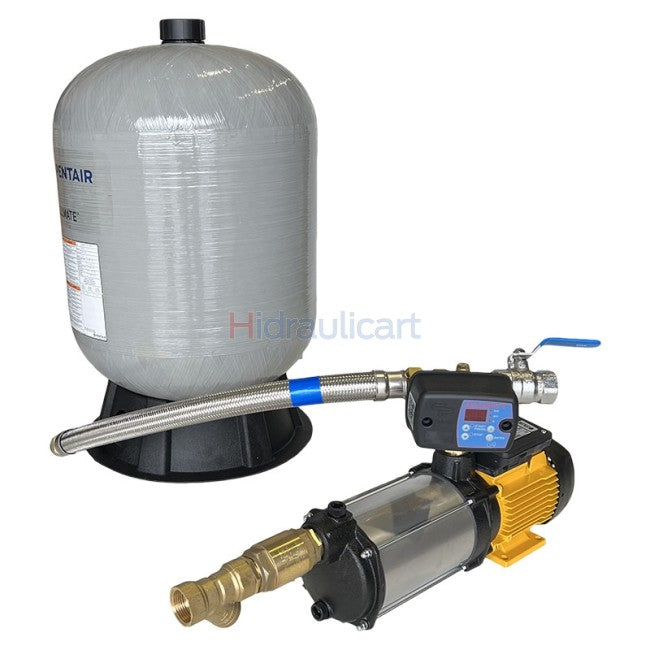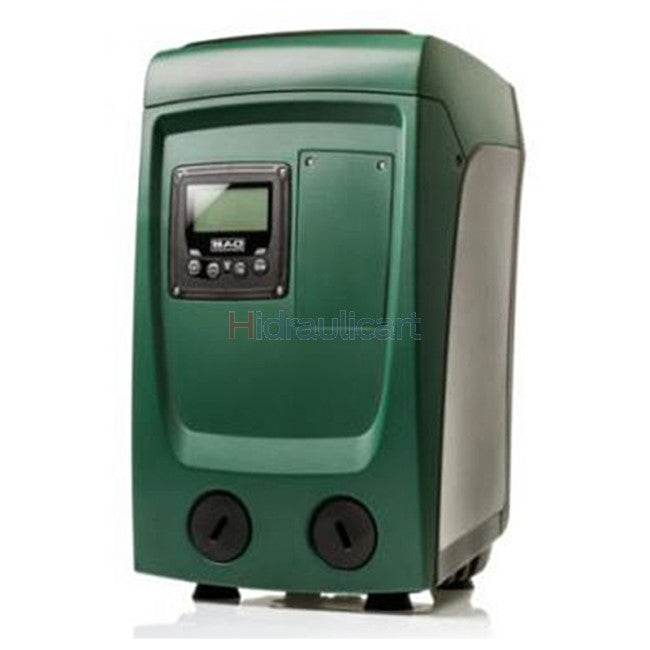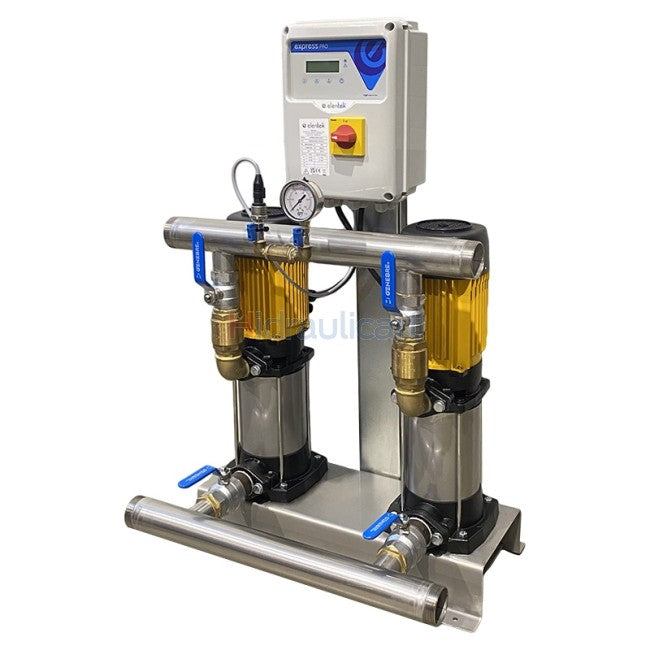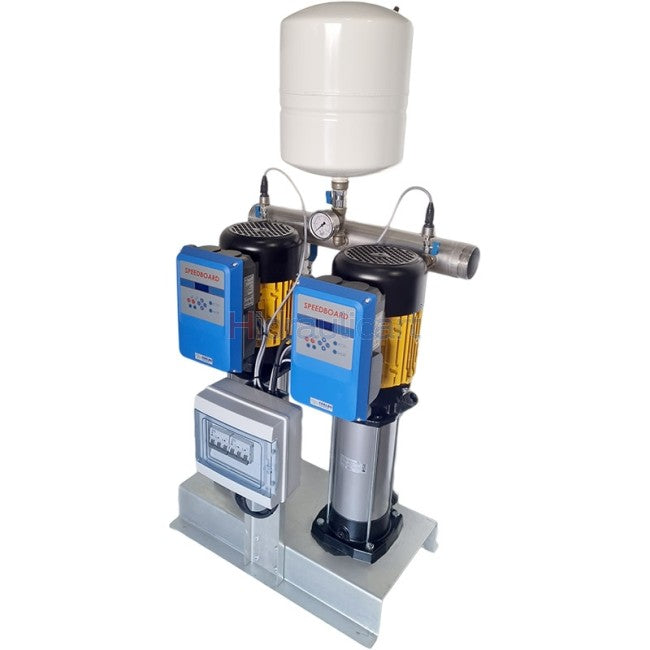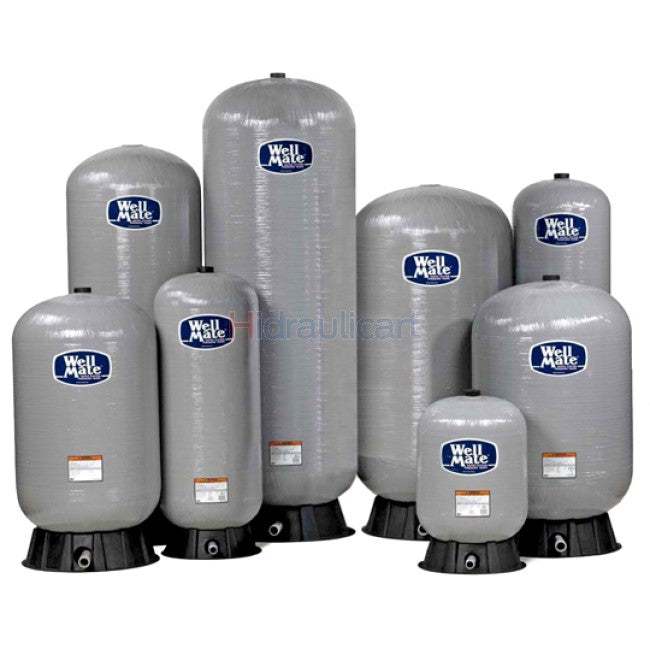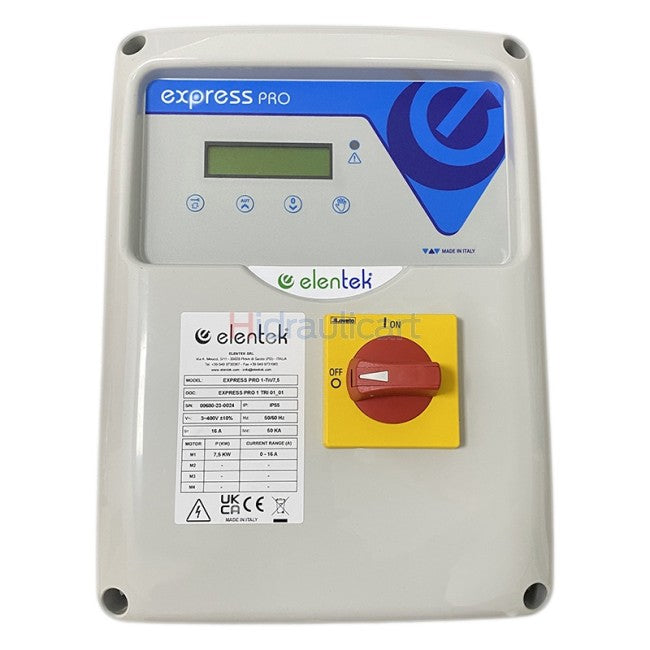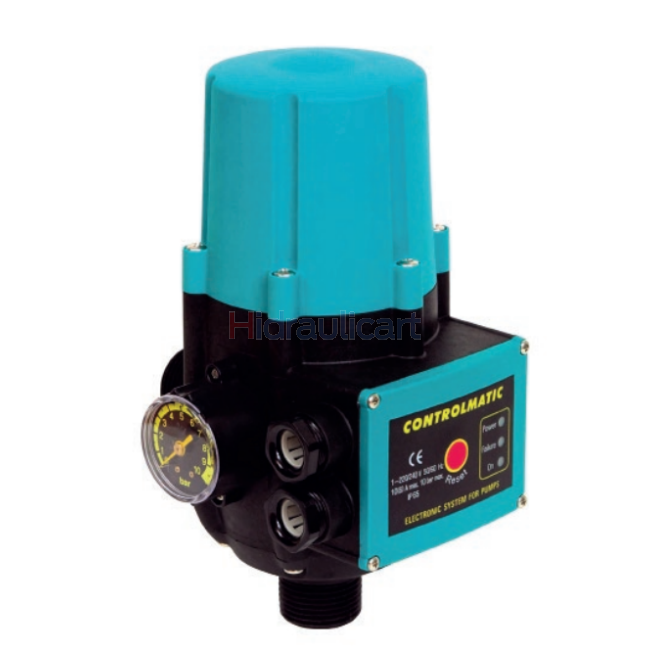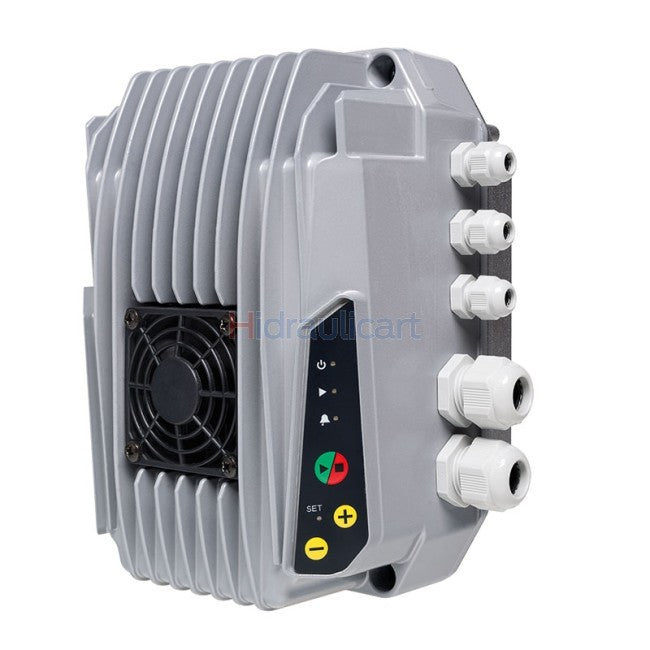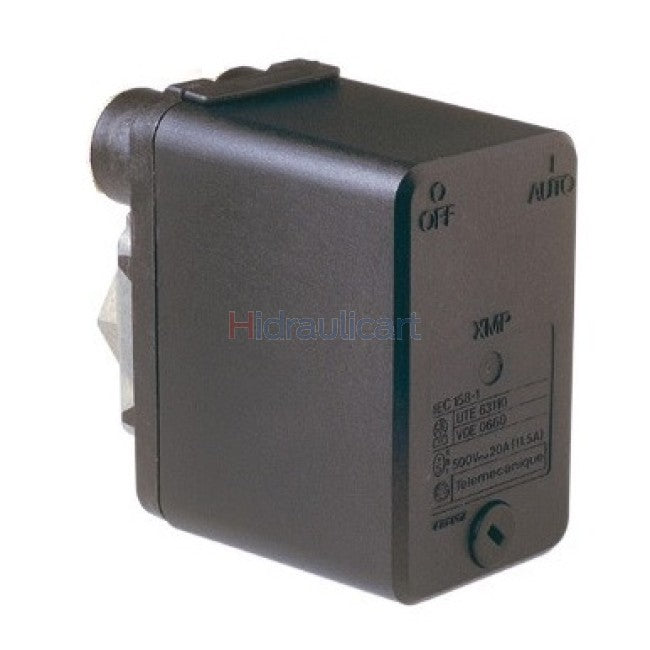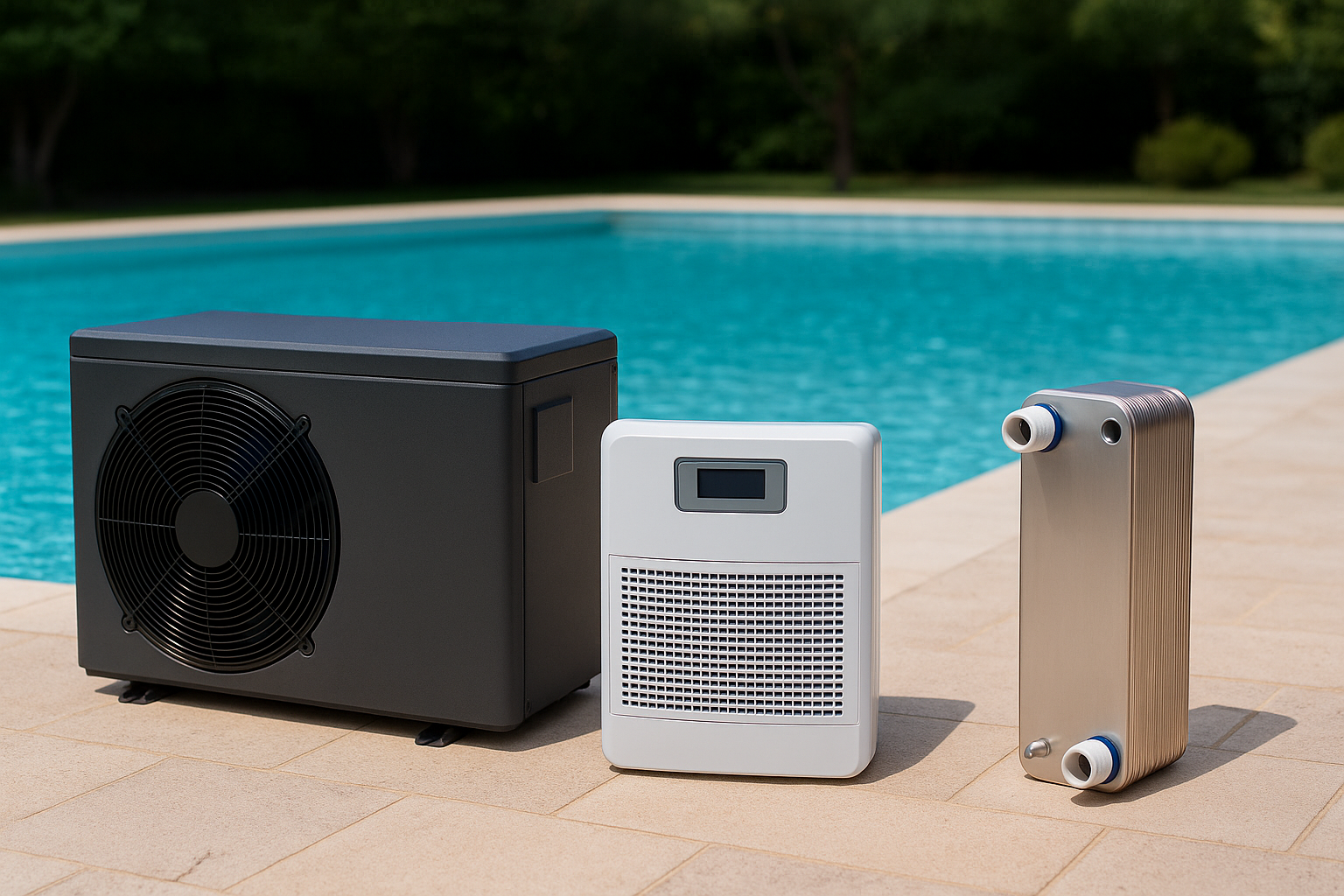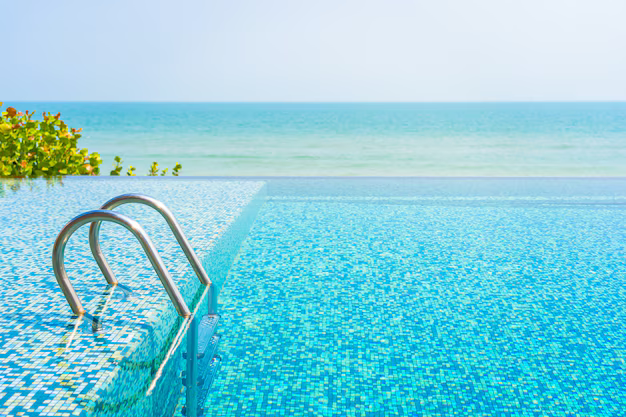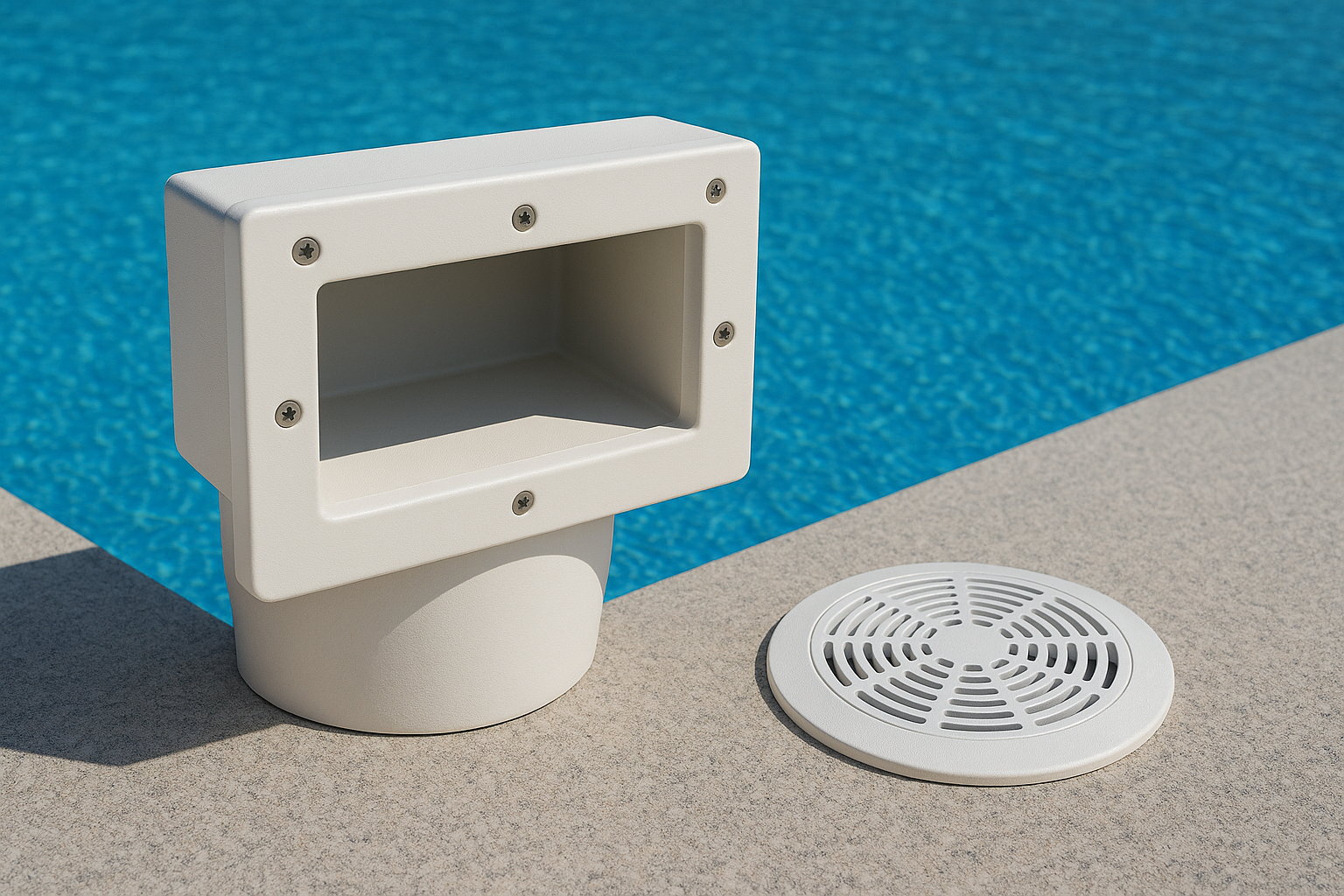POOL CLIMATE CONTROL
To ensure comfort throughout the year, especially in regions with temperature variations or indoor pools, heating and thermal control systems become essential. Below we explain the most used options, focusing on their features, benefits and points of attention.
1. Heat Pumps
How They Work
The heat pump captures heat from the outside air through a refrigeration circuit and transfers it to the pool water via an internal heat exchanger. It is extremely efficient, capable of generating up to 5 times more thermal energy than it consumes electrically (COP between 4 and 6).
Advantages
-
Very energy efficient.
-
Ideal for continuous use and constant climate control.
-
Low operational cost in the medium/long term.
Disadvantages
-
Requires minimum ambient temperature (>7–10°C) to operate with efficiency.
-
Slower heating compared to other systems (1–3 days for significant increase).
Common problems and solutions
| Problem | Cause | Solution |
|---|---|---|
| Low performance | Insufficient power for the pool volume | Reassess sizing |
| Fan does not start | Obstruction or electrical failure | Cleaning and circuit check |
| Excessive noise | Installation on unstable base | Proper fastening and periodic maintenance |
2. Dehumidifier (Indoor Pools)
How It Works
Captures ambient air saturated with moisture, condenses the present water, and returns dry air to the space. Essential to avoid condensation, molds and structural deterioration in indoor pools.
Advantages
-
Preserves walls, ceilings, and furniture.
-
Improves thermal comfort and air quality.
-
Prevents mold and odors.
Disadvantages
-
Requires specialized technical installation.
-
Moderate to high initial cost.
Common problems and solutions
| Problem | Cause | Solution |
|---|---|---|
| Does not turn off | Poorly calibrated hygrostat | Reconfigure or replace |
| Water leakage | Condensation drain blockage | Tube cleaning |
| Abnormal noise | Unbalanced fan | Check bearings or replacement |
3. Heat Exchanger (Secondary Heat Exchanger)
How It Works
It connects to a pre-existing heating system (e.g., boiler or solar panel). Transfers heat from the external source to the pool water through internal metal coils. Does not heat by itself - only "borrows" heat from the source.
Advantages
-
Flexible - uses already existing energy (solar, boiler, etc.).
-
Fast heating depending on the source.
-
Low maintenance.
Disadvantages
-
Depends on another heat source.
-
Requires good circulation and hydraulic control.
Common problems and solutions
| Problem | Cause | Solution |
|---|---|---|
| Heat loss | Poor pipe insulation | Improve thermal insulation |
| Leaks | Internal corrosion or weak connections | Replacement of gaskets or heat exchanger |
| Low heating | Insufficient external heat source | Increase source temperature or flow rate |
4. Submersible / In-line Electric Resistance
How It Works
The electric resistance heats the water by direct contact, similar to a water heater. The water passes through a tube with internal resistances that transfer heat directly to the liquid.
Advantages
-
Fast heating.
-
Easy to install.
-
Does not depend on ambient temperature.
Disadvantages
-
High electricity consumption.
-
Ideal only for small pools, spas, or as a complementary system.
Common problems and solutions
| Problem | Cause | Solution |
|---|---|---|
| Safety shutdown | Lack of water flow | Check pump or flow sensor |
| Accumulated limescale | Hard water | Install pretreatment or descale |
| Short circuit | Current leakage in resistances | Electrical inspection and replacement |
General Conclusion and Maintenance Tips
To choose the ideal system, it is essential to consider the pool volume, the frequency of use, the regional climate, and the available energy costs. A heat pump is, in most cases, the most balanced option between performance and efficiency. Dehumidifiers are indispensable in indoor environments, and heat exchangers are an excellent way to reuse energy. Resistances , in turn, are useful in small or emergency applications.
Technical tipMaintaining always the correct flow in hydraulic circuits is essential for the proper functioning of all heating systems. Regularly cleaning the filters and performing annual technical inspections helps prevent overheating, corrosion, and electrical failures.
